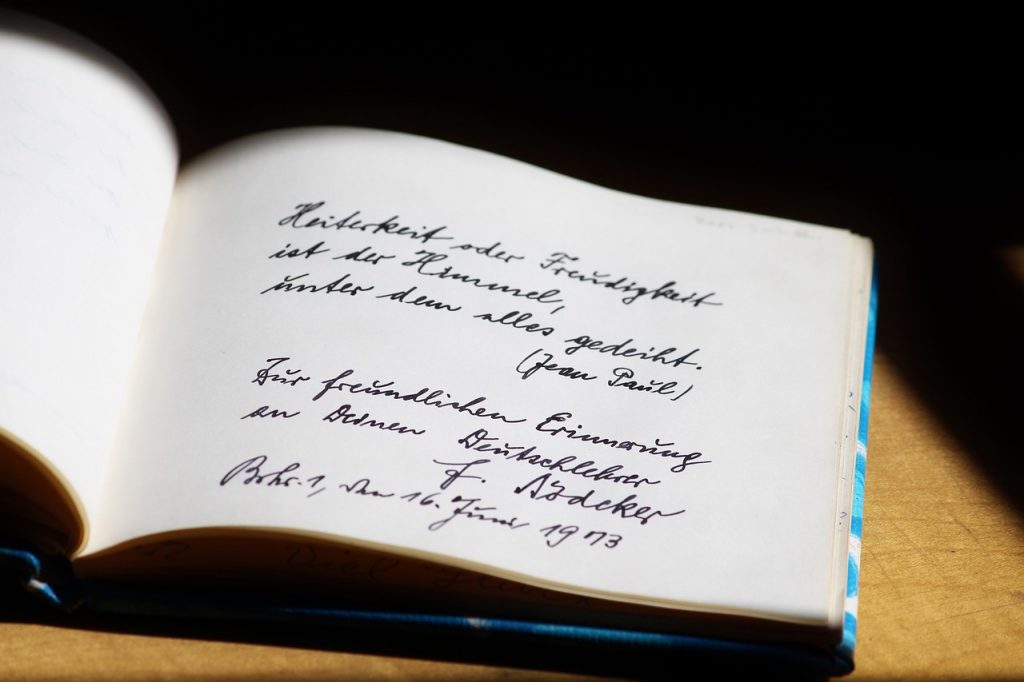Literature is a vast tapestry woven with varied forms of expression, two of the most essential being poetry and prose. Both forms’ unique features contribute to their power to move, entertain, and enlighten us.
But what exactly distinguishes poetry from prose?
This article will delve into these two forms’ definitions, structural differences, and stylistic distinctions, answering common questions and exploring where they may overlap. Whether you’re a student, a literary enthusiast, or a budding writer, understanding these differences will enrich your appreciation and grasp of poetry and prose.
Defining Prose and Poetry
Prose definition: what is prose writing?
Prose is the everyday language we encounter in novels, essays, articles, and conversations. It is structured in sentences and paragraphs, adhering to grammatical rules that give it clarity and coherence. Unlike poetry, prose typically lacks formal rhythmic patterns, favoring a straightforward style. Prose in literature serves as the vehicle for storytelling, where characters, plots, and descriptions unfold without the constraints of line breaks or metre.
For instance, in F. Scott Fitzgerald’s The Great Gatsby, prose guides readers through the complexities of love, wealth, and ambition. This example illustrates prose’s ability to narrate vividly and expansively. Thus, prose can be defined as a structured yet versatile form of writing used to convey information, tell stories, or describe realities in a linear and accessible way.
What is poetry?
On the other hand, poetry is a form of artistic expression that often employs rhythm, rhyme, and metre. Unlike prose, which prioritises a linear flow, poetry condenses language, creating an impactful and emotionally resonant experience within a compact structure. Poems may use line breaks, stanzas, and specific forms like sonnets or haikus. They allow poets to evoke emotions and ideas through selective word choices and rhythmic patterns.
Consider Robert Frost’s famous poem “The Road Not Taken.” The structured metre, rhythmic flow, and rhyme scheme make each line memorable and meaningful, allowing readers to reflect on the theme of choices and their consequences. Poetry, therefore, is a versatile canvas for emotion and meaning, often appealing to the senses and imagination in ways prose does not.
Structural and Stylistic Differences
Role of structure: prose vs. poetry
Structure plays a fundamental role in distinguishing prose from poetry.
- Prose follows a grammatical structure familiar to readers, with sentences flowing into paragraphs to form chapters and larger bodies of work. Its linear progression helps convey ideas and narratives clearly, making it suitable for novels, essays, and articles.
- Poetry, conversely, embraces flexibility in structure. Lines in a poem may end abruptly, creating pauses that intensify emotions or thoughts. The poem’s stanzas provide organizational units that can vary in length and some forms, like free verse. It allows poets to abandon strict metre or rhyme entirely.
Commonly, structural freedom permits poets to manipulate words and form, engaging readers through unexpected breaks, repetition, and contrasting rhythms. Nevertheless, a great majority of them choose prose with defined structures and sequences.
Rhyme, metre, and rhythm in poetry and prose
One of the primary markers of poetry is its use of rhyme, metre, and rhythm. These elements contribute to poetry’s distinct sound and feel, separating it from prose’s typical straightforwardness. For example, iambic pentametre ─ a common metre in English poetry ─ creates a rhythmic, musical quality, as Shakespeare famously employed in his sonnets.
Prose does not adhere to such structured patterns, though it can still have rhythm and flow. Skilled prose writers may use literary devices like alliteration, cadence, and sentence variety to create a sense of rhythm. This distinction in rhythmic structure contributes to the essential difference between prose and poetry, with poetry often striving for auditory and emotional resonance and prose emphasising clarity and directness.
Overlaps and Boundaries
Prose poem example: blending narrative and poetic elements
While prose and poetry are typically distinct, certain forms like the prose poem blur these boundaries. A prose poem combines narrative elements with poetic techniques such as vivid imagery, metaphor, and an emotional undercurrent, challenging the clear-cut distinction between the two.
Consider Charles Baudelaire’s Paris Spleen, a collection of prose poems that capture the emotional intensity and stylistic beauty often associated with poetry, all within the sentence-based structure of prose. Prose poetry exemplifies the potential for overlap, inviting readers to experience poetic richness without the formal structure of traditional poems.
Subjective boundaries: can prose be poetry?
The boundary between prose and poetry is not always absolute. Some literary works defy strict categorisation, containing narrative progression and poetic elements. For instance, Virginia Woolf’s The Waves is written in prose but employs rhythmic language and introspective monologues that resemble poetry, challenging the notion of fixed boundaries.
This ambiguity invites readers to view prose and poetry as forms on a continuum rather than opposites. Whether prose can be considered poetry ultimately depends on individual interpretation and the writer’s stylistic choices. Both forms can serve similar expressive purposes in many ways, though they may do so through different approaches.
Role of Personal Interpretation
Literature is inherently subjective, and the line between prose and poetry often lies in the eye of the beholder. Readers’ interpretations and emotional responses play a significant role in distinguishing the two forms. A passage in prose may resonate as poetically as any verse if it evokes strong imagery or rhythm, while a straightforward poem may seem more narrative-driven, as seen in epic poems like The Odyssey.
Creative expression in both prose and poetry allows for broad stylistic variety. This flexibility encourages readers and writers alike to explore both forms without restrictive definitions, embracing the unique qualities that each brings to literature. Thus, by inviting varied interpretations, prose, and poetry each offer a unique lens through which to view language and emotion.
Conclusion
In essence, prose and poetry represent two distinct yet complementary modes of expression. Prose prioritises clarity and straightforwardness, structured to tell stories and convey ideas in a familiar format, while poetry utilises rhythm, metre, and compact language to evoke more profound emotional responses. Although structure often sets them apart, the boundaries between prose and poetry are unclear. The evolution of forms like the prose poem highlights the potential for overlap, inviting readers to appreciate the nuances and beauty.
As you read, write, or interpret literary works, consider exploring the unique qualities of prose and poetry with an open mind. Literature thrives on this diversity, and understanding these forms enriches our appreciation of language’s power to communicate, resonate, and inspire.

